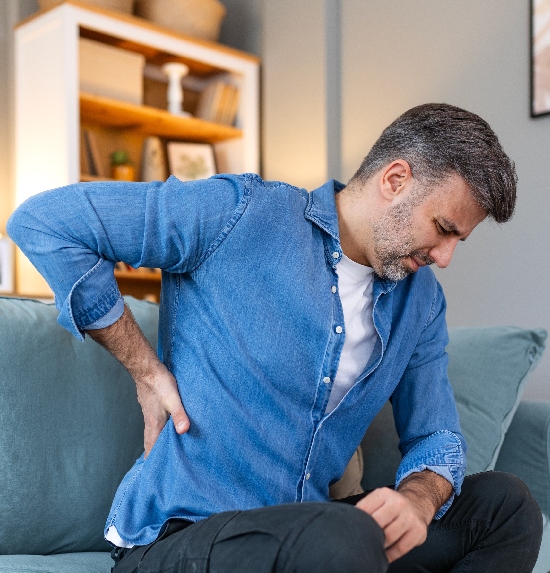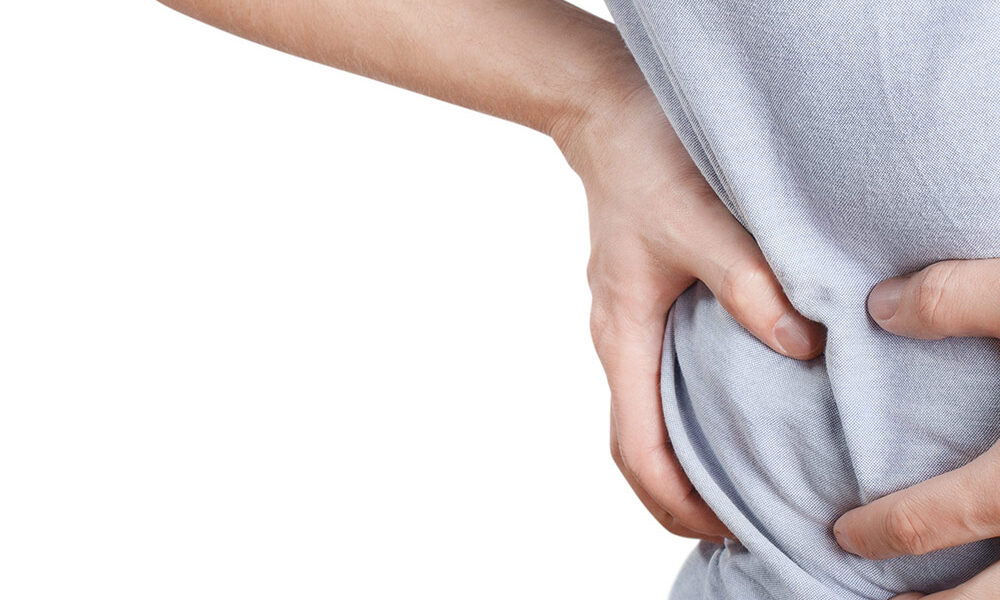
Understanding Biliary Colic Pain
- Colic, a sharp, cramping abdominal pain that increases and then decreases in intensity, is associated with many conditions affecting organs.1
- The pain is thought to result from muscles contracting near a partial or complete blockage, such as gallstones, kidney stones or a small bowel obstruction.1
- Although colic can occur in different conditions, the specific location of the pain can help identify the cause.1 For example, biliary colic is a common type of upper abdominal pain caused by gallstones.2, 3
Causes
- Gallstones, which can be made of cholesterol or a substance called bilirubin, develop in the gallbladder. These stones might stay in the gallbladder without causing any symptoms, or they could move into the tubes that carry bile from the gallbladder to the intestine. If they get stuck, they can cause pain.4
- The pain usually occurs after eating fatty foods because the gallbladder contracts to release bile into the duodenum, i.e. the initial part of the small intestine, to help digest fats.4
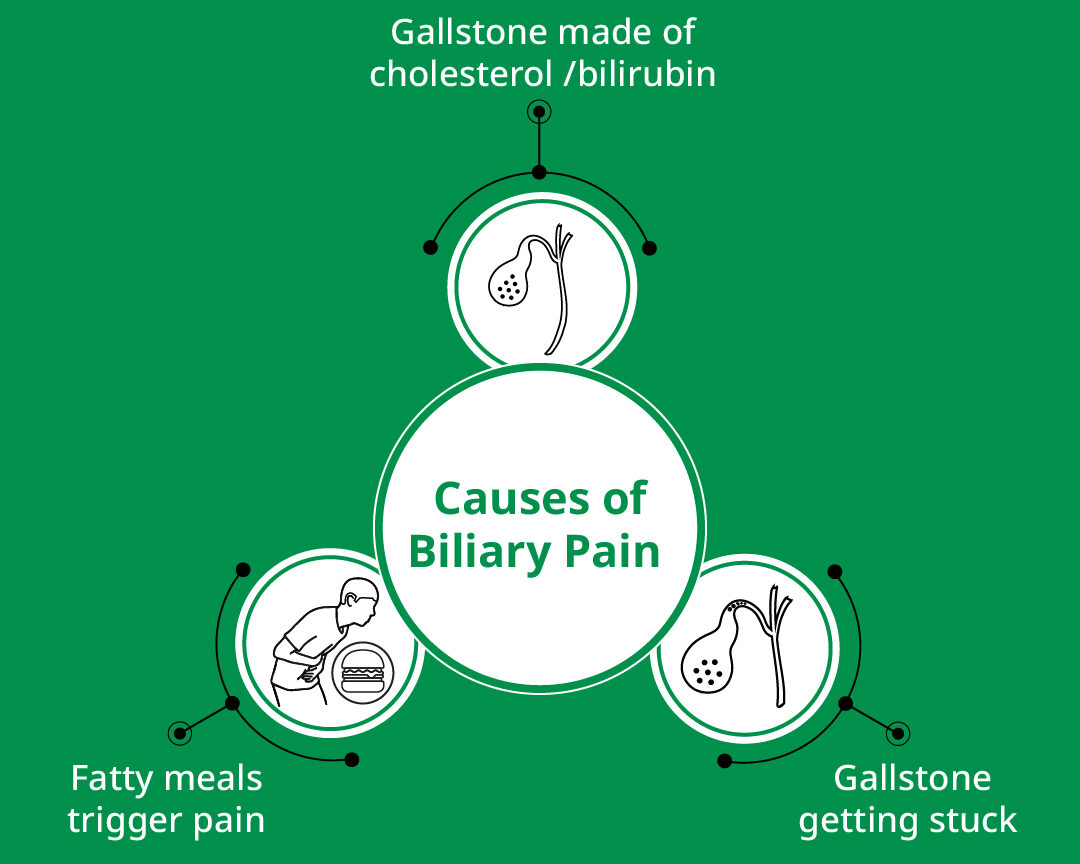

Symptoms
- Biliary colic is characterized by episodes of severe pain that last at least 20 to 30 minutes in the upper right part of the abdomen.5
- The pain can also spread to the right side of the back or shoulder.5
- This pain usually occurs a few hours after eating a meal and is often accompanied by nausea, vomiting or fever.5
- Biliary colic is a common sign of gallstones, affecting about one-third of adults who have gallstones.5
- These stones, which form in the gallbladder, can sometimes get stuck in the tube that carries bile out of the gallbladder.3
- Biliary colic happens when the gallbladder contracts in an attempt to move the bile past the blockage.3
- The pain occurs because the pressure inside the gallbladder increases, but there is no inflammation. The pain usually subsides after a few hours, once the stone moves away from the tube.2
Diagnosis
- To diagnose biliary colic, doctors typically perform a physical examination, blood tests and an abdominal ultrasound. In some cases, a special scan called a radionuclide scan might also be needed to get a clearer picture.3
- Blood tests can help your doctor rule out more serious gallbladder problems. An ultrasound, which is a common imaging test, can help identify stones in the gallbladder or in the bile ducts, which are often the cause of biliary colic.4

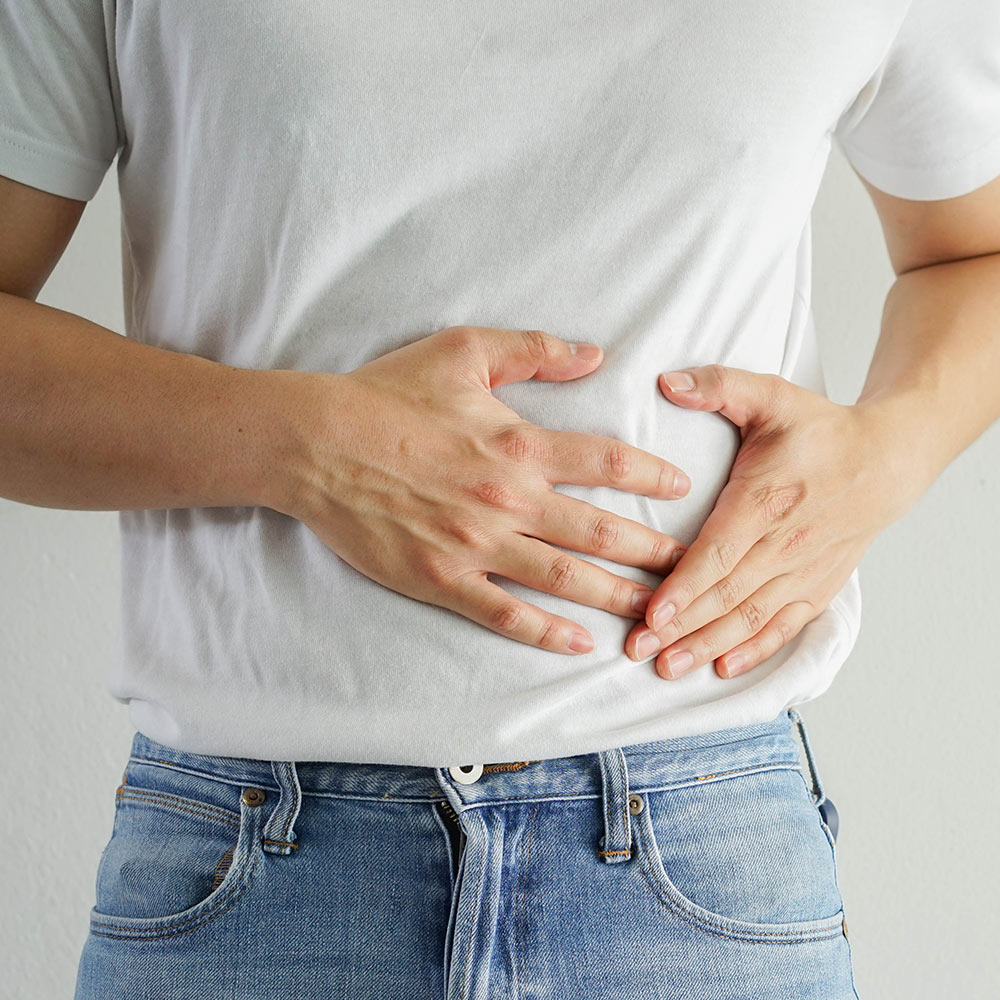
Management
- Acupuncture is often seen as a safe and effective non-drug treatment for various conditions that cause pain and discomfort. It has been shown to have a significant and long-lasting effect on long-term pain.
- Additionally, acupuncture may help manage acute pain and is considered safer than many other treatments. It has been shown to help with the movement of bile and reduce symptoms.5
- Patients with biliary colic don’t always need to be admitted to the hospital. They can often be treated with a low-fat diet.4
- However, if the patient has severe or persistent abdominal pain, they may need to be admitted to the hospital and possibly undergo surgery to relieve the symptoms.4
Low-fat foods suitable for Biliary Colic patients6:

Fats
Low fat spreads or spray cooking oil
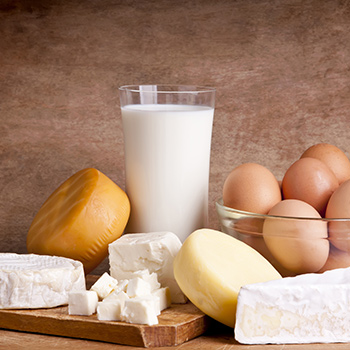
Dairy Products and Eggs
Skimmed or semi-skimmed milk, low fat yogurt, cottage cheese, low fat soft cheese, boiled eggs, poached eggs and scrambled eggs (with no butter)
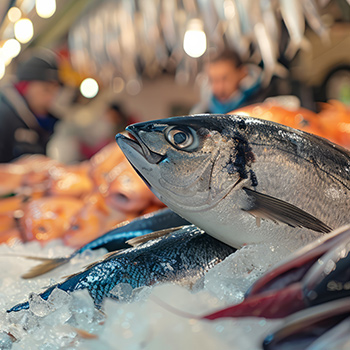
Fish
White fish e.g. haddock, sole, plaice, cod, whiting, prawns and tuna
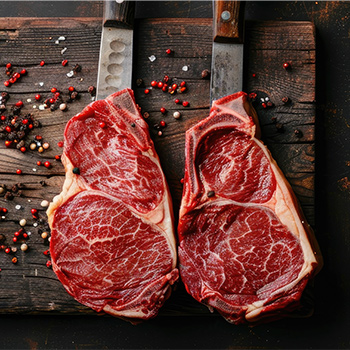
Meat
Lean meats and poultry

Pulses
Beans, peas and lentils

Starchy Foods
Bread, rice, pasta, cereals and potatoes

Fruit
Most varieties of fresh, frozen or tinned fruit

Vegetables
All vegetables and salads
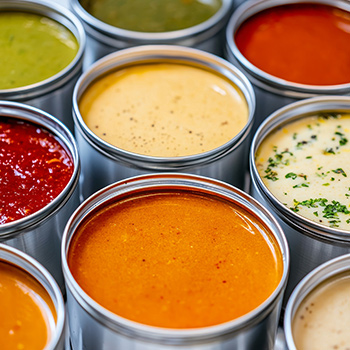
Sauces
Ketchup, light mayonnaise, pickle, marmite, low fat or light salad dressings, salsa, tomato-based sauces and white sauces made with cornflour and low-fat milk

Pudding
Jelly, tinned fruit, meringue, sorbet and low-fat milk puddings

Miscellaneous
Sugar, honey, jam, golden syrup, marmalade and low-fat hummus.

Track Your Pain Intensity
Understanding your pain is the first step toward effective management. Our Pain Assessment Test Tool is a simple, quick, and interactive way to assess the severity and frequency of your pain. This self-assessment is designed to help you better communicate with your healthcare provider, enabling personalized and timely treatment.
If you’re experiencing chronic discomfort, our tool provides a clear, easy-to-understand analysis that empowers you to take charge of your well-being.
Start the test now to measure your pain intensity and take the first step toward relief!
References:
- Cartwright SL, Knudson MP. Evaluation of acute abdominal pain in adults. Am Fam Physician. 2008;77(7):971-978.
- Pavan MV, Mehta G, Thillainayagam AV. The clinical evaluation of abdominal pain in adults. Medicine. 2009;37(1):11-16.
- Baiu I, Hawn MT. Gallstones and biliary colic. JAMA. 2018;320(15):1612.
- Sigmon DF, Dayal N, Meseeha M. Biliary colic. In: StatPearls. StatPearls Publishing; January 2024. Updated July 31, 2023. Accessed August 14, 2024. https://www.ncbi.nlm.nih.gov/books/NBK430772/
- Sun N, Zuo W, Zhou Y, et al. Acupuncture for biliary colic: a systematic review protocol. BMJ Open. 2021;11(1):e041931.
- Dietary advice for patients with gallstones. National Health Service. Accessed September 12, 2024. https://www.cuh.nhs.uk/patient-information/dietary-advice-for-patients-with-gallstones/
Other Abdominal Pain
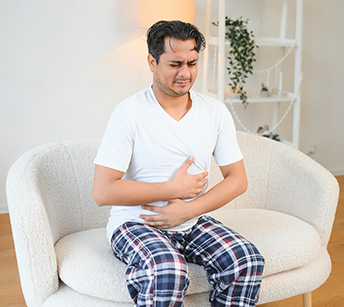
Stomach Pain
Recognize the different types of stomach pain to understand when to seek medical help.
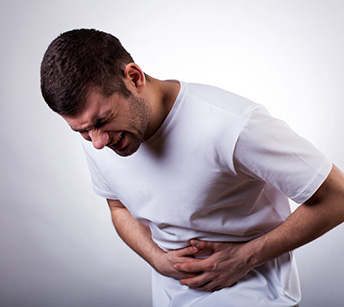
Irritable Bowel Syndrome (Chronic)
Abdominal pain that is experienced for atleast 1D a week for 3 months.

Menstrual Pain
The pain affecting individuals in their menstrual cycles typically centred in the lower abdomen
Colic (Chronic)
The sharp and localized abdominal pain that increases and then decreases in intensity.
01 Urinary Pain
A sudden, sharp, cramping pain in the side that is experienced due to kidney stone.
02 Renal Pain
The intense pain caused by a blockage in the ureter, typically due to a kidney stone.
03 Intestinal Colic
The cramping pain that comes and goes when the intestines attempt to push through a blockage.
04 Biliary Colic
A common type of upper abdominal pain caused by gallstones.
